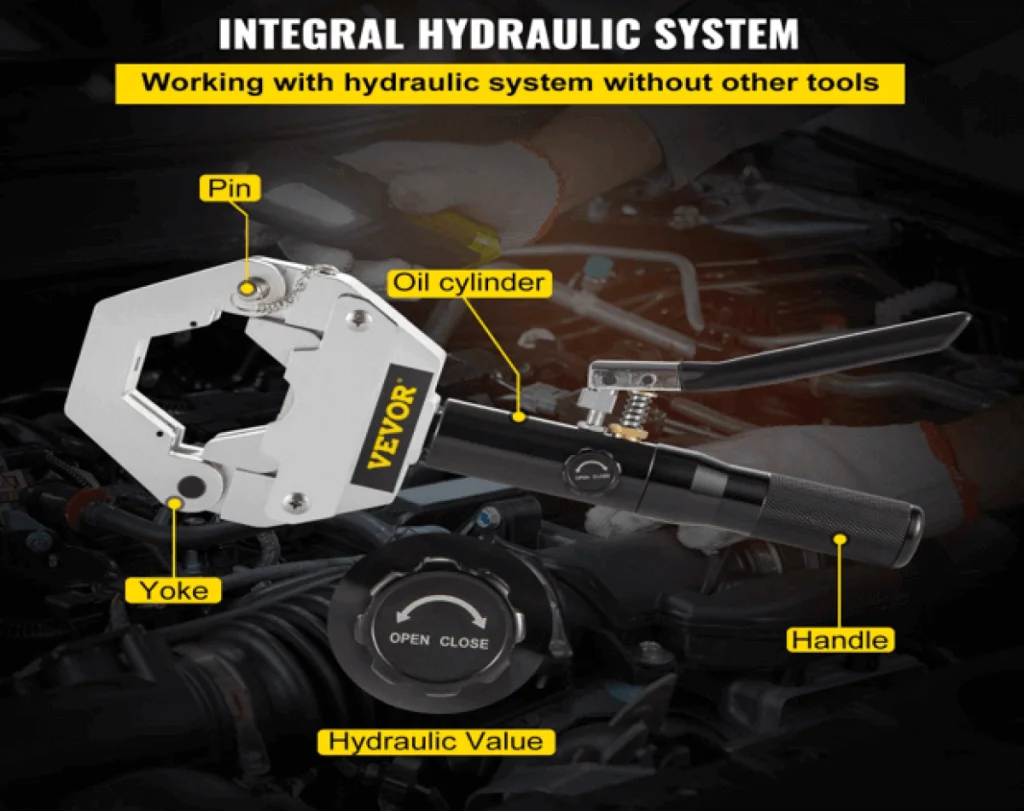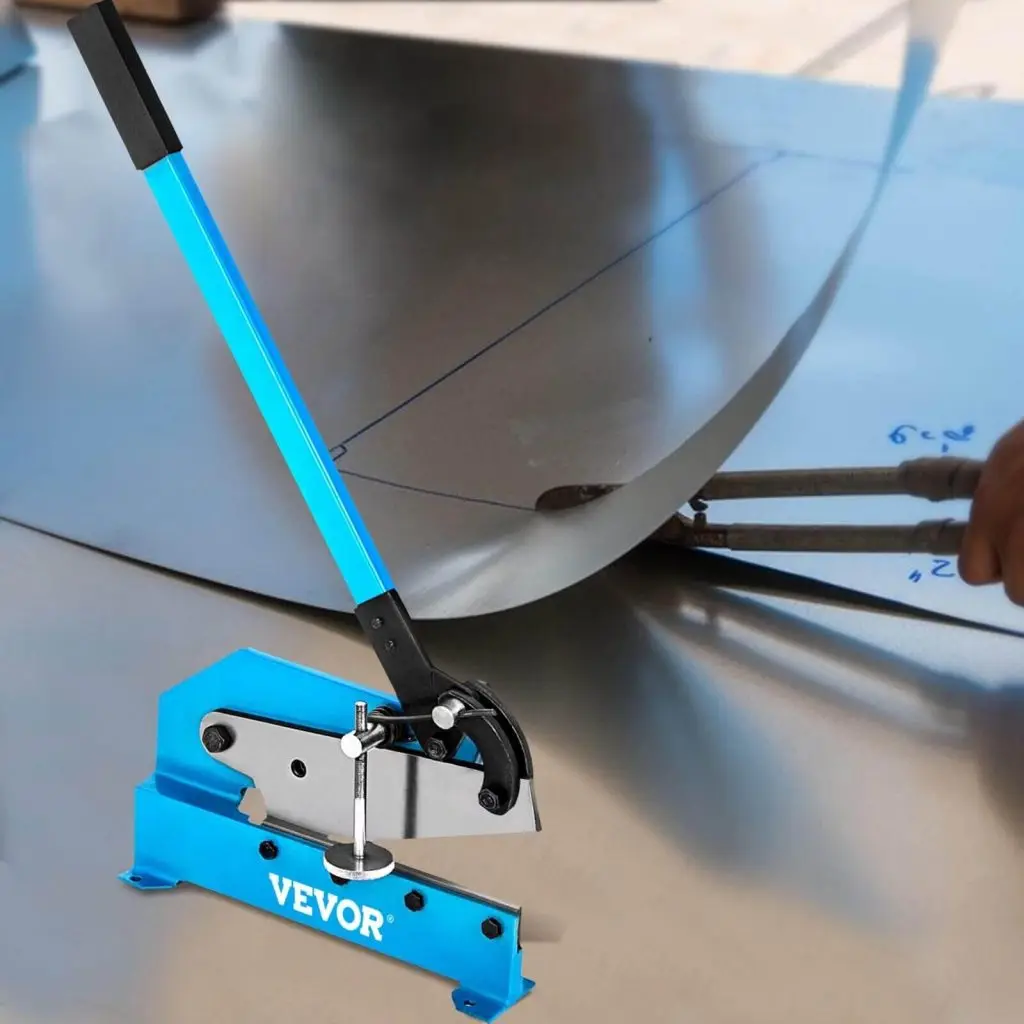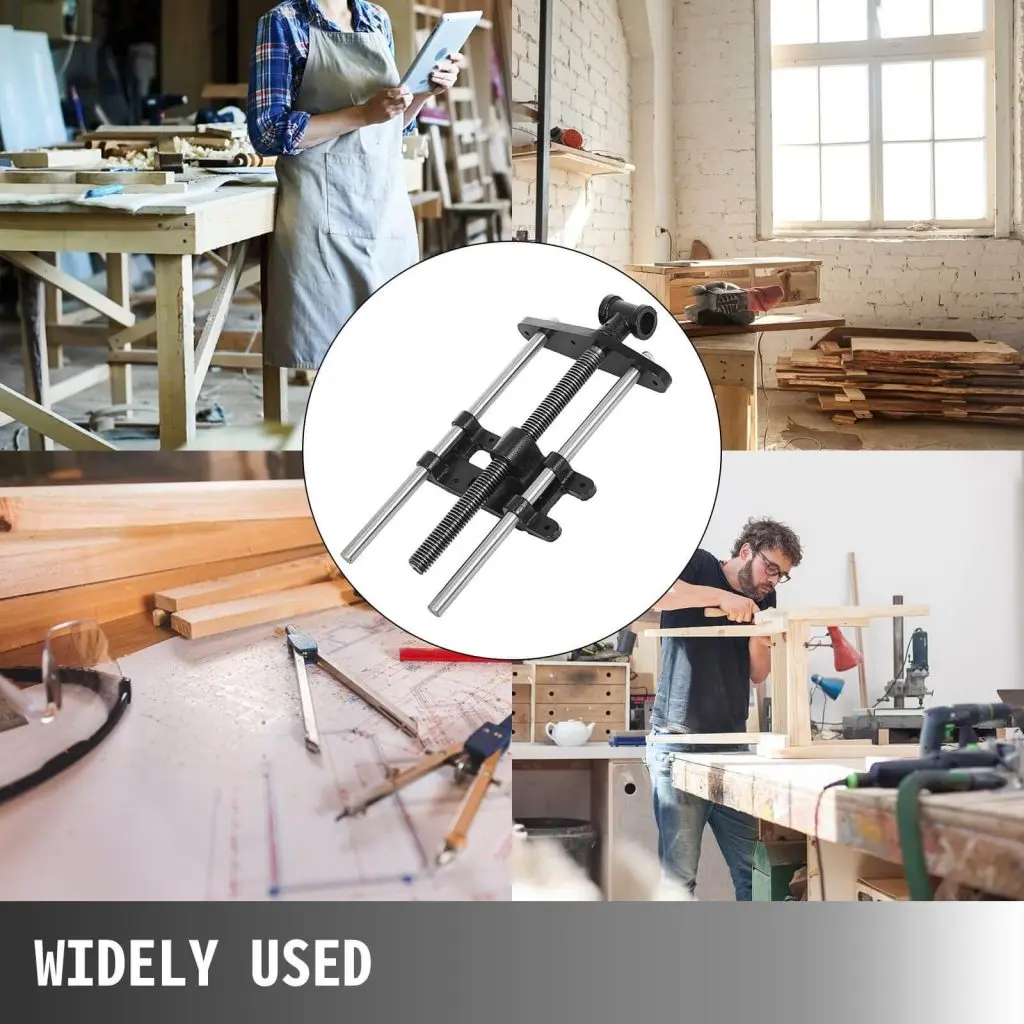Woodworking is a craft that goes back thousands and thousands of years. However, only for the last few decades has the use of power tools become commonplace in woodworking. Here, we are talking about power saws, particularly the miter saw and the table saw.
Today, we’re here doing a miter saw vs table saw comparison to find out which of these two tools is best for you. We’ll compare these two tools based on a number of factors, and by the end of it, you should be able to make an informed decision between them.
Table of contents
Introduction to Table Saws and Miter Saws
OK, so both table saws and miter saws are woodworking tools that serve a number of purposes, but they aren’t the same things. Let’s take a quick look at what each of them entail.
Table Saw Basics
The table saw is one of the most commonly found tools in any carpentry or woodworking shop. It has a round blade that sticks up through a small slot in the table.
Below that, there’s a motor that powers the blade to spin at ridiculously high speeds. The piece of wood being cut is pushed over the table and through the blade, which effectively cuts it. Table saws are tools with versatile applications that can perform many different tasks.
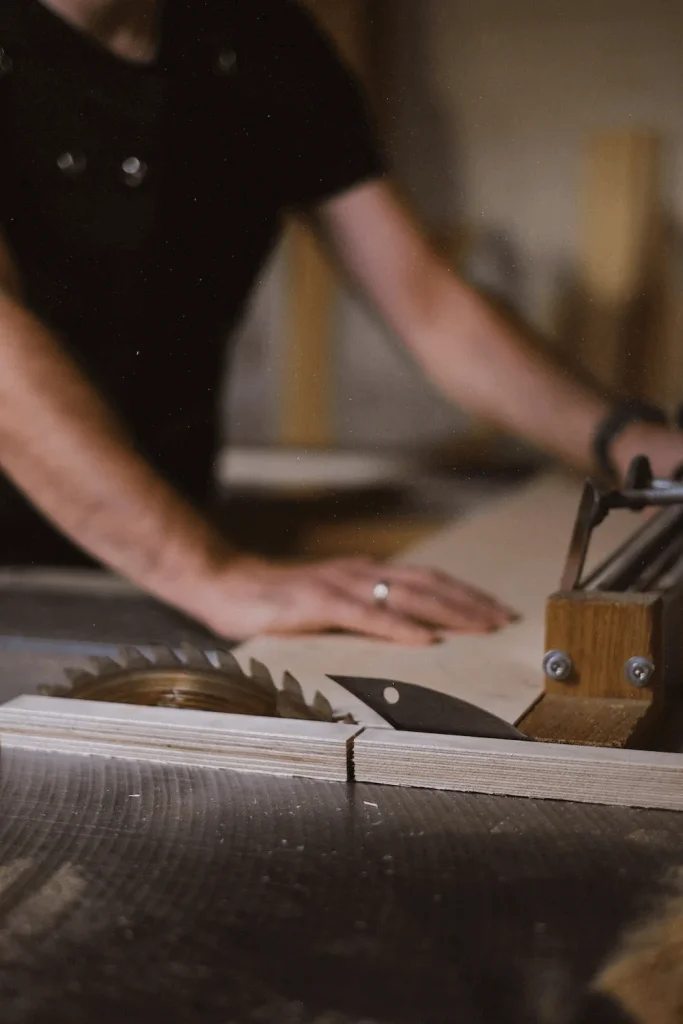
Miter Saw Basics
We then have the miter saw, which many people would also consider to be a staple in the woodworking world. The miter saw is also a stationary tool, one that has a circular blade mounted on an arm which can pivot. The user places a piece of wood on the platform, and then pivots the blade down into the wood, therefore making a cut.
There are various types of miter saws, including regular miter saws, compound miter saws, and compound bevel miter saws, each of which has more capabilities than the last period if you need something that can make angled cuts for framing or molding, then this is perhaps the best tool for you.

Why Choosing the Right Saw is Important
Why choosing the right saw matters is simple, because not all saws perform the same jobs. Some saws, whether table saws or miter saws, excel at some tasks, but are not suited for others. How easy the job ends up being is in part determined by the type of saw you choose, and the final result also depends on this.
Don’t forget that safety matters too, because using the wrong type of saw for a specific task can pose some pretty big risks to your overall safety. Nobody wants to lose a finger, so using the right saw is crucial.
Similarities Shared Between Miter Saws and Table Saws
Yes, both miter saws and table saws are two types of cutting tools, so there are some similarities shared between them. Let’s find out what they are.
They’re Woodworking Tools
In their simplest forms, both table saws and miter saws are woodworking tools. They are designed first and foremost to cut apart pieces of wood.
Now, exactly how they function differs a little bit, and the types of tasks that they’re best suited for are also different.
However, with that being said, the primary purpose of both is to cut apart wood. That said, if you happen to have some specialized blades, you may also be able to cut other materials, like metals and plastics.
Blade Types
Perhaps the main similarity that both of these woodworking tools share is that they use the same type of blade. As you might know, there are saws out there that use blades that move in a vertical motion or otherwise.
However, both table saws and miter saws use a circular blade. This is a simple round blade that has a certain number of teeth, a specific kerf width, and blade diameter.
These three features, blade diameter, kerf width, and number of teeth can differ greatly depending on the blade, with each factor determining exactly what the blade in question is best suited for.
Safety Precautions
The other thing that you could say is similar between table saws and miter saws is that they both need you to be safe. These are both dangerous woodworking tools with blades spinning at incredibly high speeds.
This means that you need to know how to properly handle both tools, you need to know what they’re components are, and need to know all about kickback. Furthermore, both tools require you to wear safety gear, including both ear protection and safety goggles to protect your eyes.
The Differences Between Miter Saws and Table Saws
While miter saws and table saws share some similarities, there are also some pretty big differences between them worth noting.
Function
First and foremost, the function of these two saws is different. Yes, they’re both made for cutting wood, but in different ways. Table saws are very versatile and designed to make many different types of cuts, usually on wood.
They are particularly adept at making straight cuts. They are also ideal for working with large pieces of wood. Miter saws, on the other hand, are best used for smaller pieces of wood, and they’re also not as versatile.
Types of Cuts
When it comes to the types of cuts that can be made, miter saws are used for making three cuts. These include miter cuts, bevel cuts, and compound cuts (which are miter and bevel cuts combined). This is generally best for making angled cuts on boards, and for working with things like molding.
Table saws on the other hand are more versatile in this sense, as they can make rip cuts to separate long pieces of wood, cross cuts, and much more, including a variety of cuts used in wood joinery.
Portability
The other big difference here is that miter saws are quite portable. They’re designed to be used on jobsites, and aren’t overly large.
Now, although there are small tabletop models of table saws, the ones that have the highest degree of functionality, those that can handle the big cuts, tend to be very large and heavy, known as cabinet table saws. These are usually not portable at all.
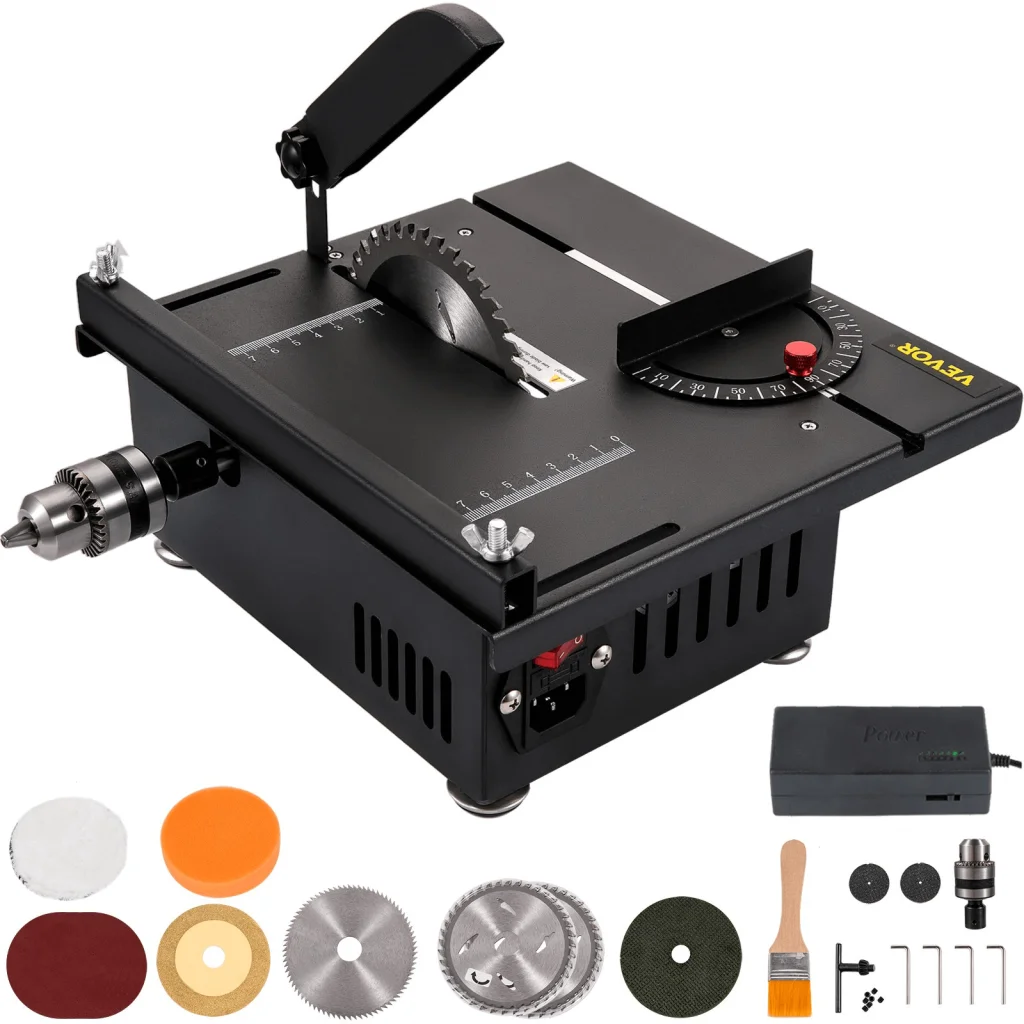
Miter Saw Uses
Miter saws have a variety of uses that they are most commonly known for, so let’s take a quick look.
Miter Cuts
Miter cuts are special angled cuts made across the width of a board, such as a 45-degree angle.
Cross Cuts
Miter saws can also make cross cuts, which is when a piece of wood is cut across its width at a 90 degree angle, or in other words, straight in half.
Bevel Cuts
We then have the bevel cut, which is a type of cut that sees the miter saw cutting at angle through the thickness of a material. Instead of the blade being adjusted horizontally, the angle of the tilt is adjusted.
Compound Cuts
Miter saws can also perform compound cuts, which are a combination of bevel cuts and miter cuts, where the blade is angled both horizontally and vertically.
Table Saw Uses
Table saws are also versatile woodworking tools, although they certainly don’t excel at making bevel or compound cuts.
Ripping Boards
The number one use of a table saw is to rip boards, which refers to making straight and long cuts along the length of a board, or in other words, along the grain, to separate a long piece into two or more thinner pieces.
Making Specialty Cuts
The other main use of a table saw is to make specialty cuts, mainly for joinery, which may include cuts such as rabbets and dadoes.
Miter Saws: Pros and Cons
Just like any other tool out there, miter saws have both their pros and cons, so let’s take a look at what these are.
Pros
- Very accurate
- Great for detail work
- Portable
- Good for angled cuts
- Quite safe
Cons
- Cannot handle long pieces
- More limited than a table saw
Table Saws: Pros and Cons
Table saws have pros and cons too, so let’s see what these are.
Pros
- Can make many different cuts
- Good for longer pieces of wood
- Simple to use, yet able to make complex cuts
- Great for a woodworking shop
Cons
- Generally not portable
- Higher risk of injury
FAQs about Miter Saw vs Table Saw
Let’s answer some frequently asked questions about both of these types of saws.
Can I Use a Miter Saw Instead of a Table Saw?
Although a miter saw can perform many of the same cuts as a table saw, the downfall is where longer stock is concerned. A miter saw just can’t rip long boards like a table saw can.
What Kind of Safety Equipment Do I Need?
When using either of these tools, make sure to use proper eye and hearing protection., When using a table saw, a push stick comes in handy as well.
Can Table Saws Do Detail Work?
If you have the right kind of blade, jig, and fence, it is possible to make more detailed cuts, such as those needed for molding. That said, a miter saw is better for making precise angled cuts.
Miter Saw vs Table Saw: Choose Wisely
The bottom line is that both of these saws are quite different from one another. The table saw is very versatile and best for ripping long boards, whereas a miter saw is best for making precisely angled cuts. Now that you know what makes them different, you can make an informed choice between the two. Don’t forget, if you’re looking for a great selection, VEVOR Table Saws are always a good choice!



